As a street photographer, Maya Dreilinger echoes the sentiments of the 1982 “Missing Persons” song “Walking in LA.” Driving around the city, “you don’t see a lot of people walking,” she said. “But the Chasidism are always out on the streets and not just on Saturdays.”
With her camera, Dreilinger spent about two months documenting the streets of the Chasidic community bordering La Brea Avenue. Her exhibition, “La Brea on Robertson,” currently on display at the Workmen’s Circle, presents an intriguing mix of photographs and paintings that in some ways reveal more about the artist than the subject matter.
Born in Israel and raised in Los Angeles, the 30-year-old Dreilinger admits to having pre-conceived judgments about Chasidic Jews before she embarked on her project.
“I believed that their culture was restrictive, that women were always patronized,” she said. “But being around them for two months, I was humbled. Now I have no more anger or resentment, only respect.”
While other photographers have sought to document Chasidism from more of an insider’s perspective, Dreilinger purposefully maintained her distance as an outsider. She wandered around the La Brea area dressed as she normally does and refused the occasional invitation to dinner at someone’s home.
“I didn’t want to go in that direction,” she said. “I wanted to be only the respectful observer.”
Upon viewing Dreilinger’s work, Eric Gordon, director of the Workmen’s Circle, immediately thought of Roman Vishniac’s photographs of pre-war Poland.
“Maya has a discerning eye, and I love the humor in her work,” he said. “As for her subject matter, we may not be a religious-centered organization, but we are devoted to Yiddish culture. A socialist from the 1930s might have condemned this exhibit, but we’ve evolved since then. They [Chasidim] are part of our Yiddish community.”
The majority of Dreilinger’s photographs clearly show her outsider’s perspective. Several depict rear-view shots of Chasidic men and boys walking down the street and radiating inscrutability. A Chasidic boy, shown in the midst of prayer in an unidentifiable interior, seems completely absorbed in his own world. In “Kosher by Kehilla,” two women walking toward a street sign for a kosher bakery appear partially visible. Only their skirts and the top of a hat can be glimpsed.
In contrast, other photos subtly reveal the intrusion of the modern world. “Grandfather’s Touch” shows a little girl, with her father and grandfather, who carries the kind of plastic backpack desired by most trendy kindergartners. In “The Alley,” a group of black-garbed men pass an alleyway near the corner of Fairfax Avenue and Beverly Boulevard. Three men who appear to be Hispanic laborers inhabit the alleyway. One of them looks at the Chasidim, wide-eyed curiosity written across his face.
Often, Dreilinger succeeds in capturing the community’s varying attitudes in being photographed by an outsider. Some of her subjects smile broadly and pose for the camera. Some regard the camera as an alien interloper.
In some portraits, a sly humor can be found. A striking juxtaposition, for example, appears in “Trio,” where through the illusion of a reflection two young men look as if they stand next to the bust of a mannequin while they peer into the window of a clothing store. At first glance, the headless mannequin bears some resemblance to a Torah scroll.
Dreilinger took 14 of her black-and-white photographs and painted over their surfaces, sometimes leaving only a portion of the original image intact. These are hung situated across from the originals, and many a viewer will be tempted to keep traveling back and forth to cross reference the works. These paintings explode with vibrant color and whimsicality and, for the most part, do not evoke the sense of restraint and limitation found in many of the original photographs.
Take the Chasidic women walking toward the bakery sign. In the painted version, they wear bright red suits. The dress of an elderly woman standing outside the Westside Jewish Community Center on Olympic Boulevard has been colored in with bright flowers suggestive of a Hawaiian lei. In “Close-up,” a young, handsome Chasidic man posing against a wall has been colored and shaded so that he resembles an urban nightlife character from a Toulouse-Lautrec painting.
In other paintings, Dreilinger has added natural landscapes that sometimes enhance and other times completely obfuscate the original photograph. One of these paintings depicts two Chasidic girls with their hands over their mouths wandering amidst a rural, mountainous backdrop. In the original photograph titled “Contemplating Girls,” they stand on a city street with other schoolchildren.
Dreilinger says the paintings brought her “emotional release.”
“I hope I captured what is mysterious about these people and at the same time, beautiful. I wasn’t interested in showing ugliness,” she said. “But I did want to open people’s eyes.”
“La Brea on Roberston: Paintings and Photographs by Maya Dreilinger,” Jan. 22-March 5, Shenere Velt Gallery, Workmen’s Circle, 1525 S. Roberston Blvd. For more information, call (310) 552-2007.







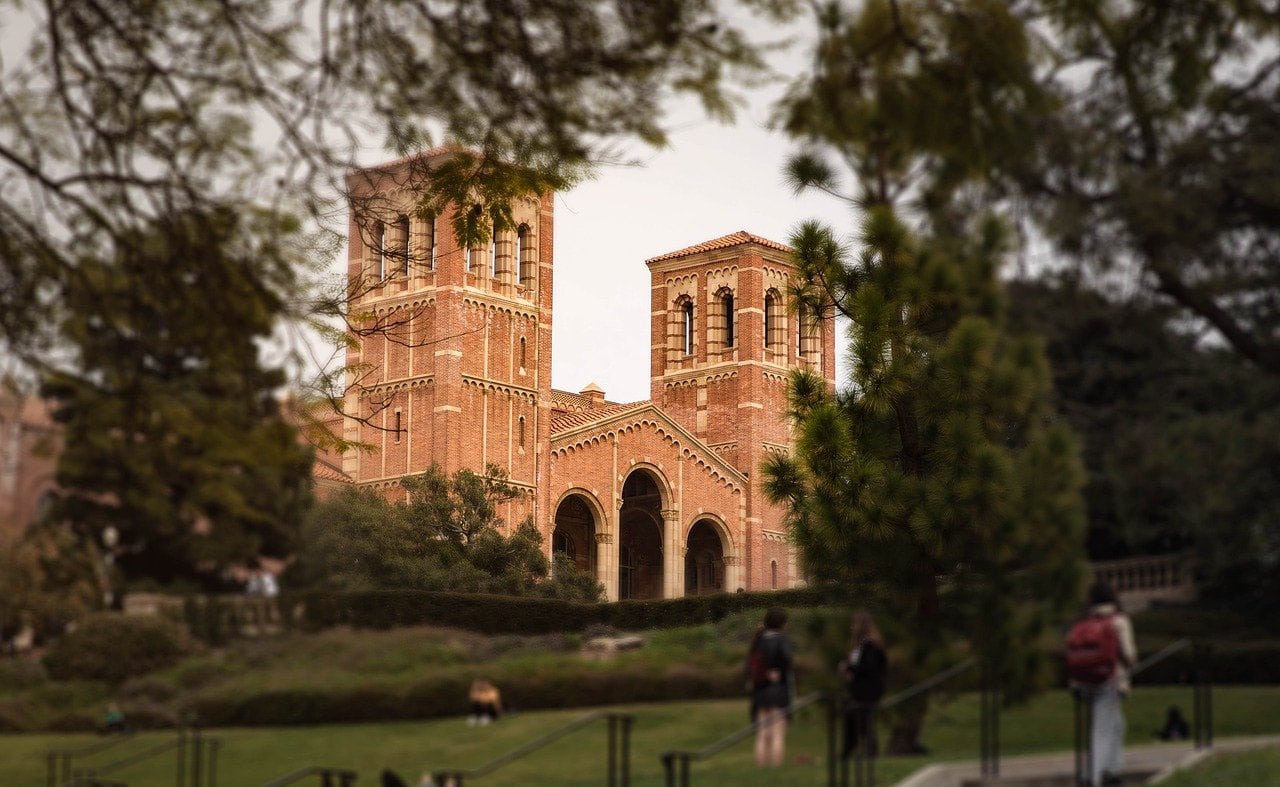
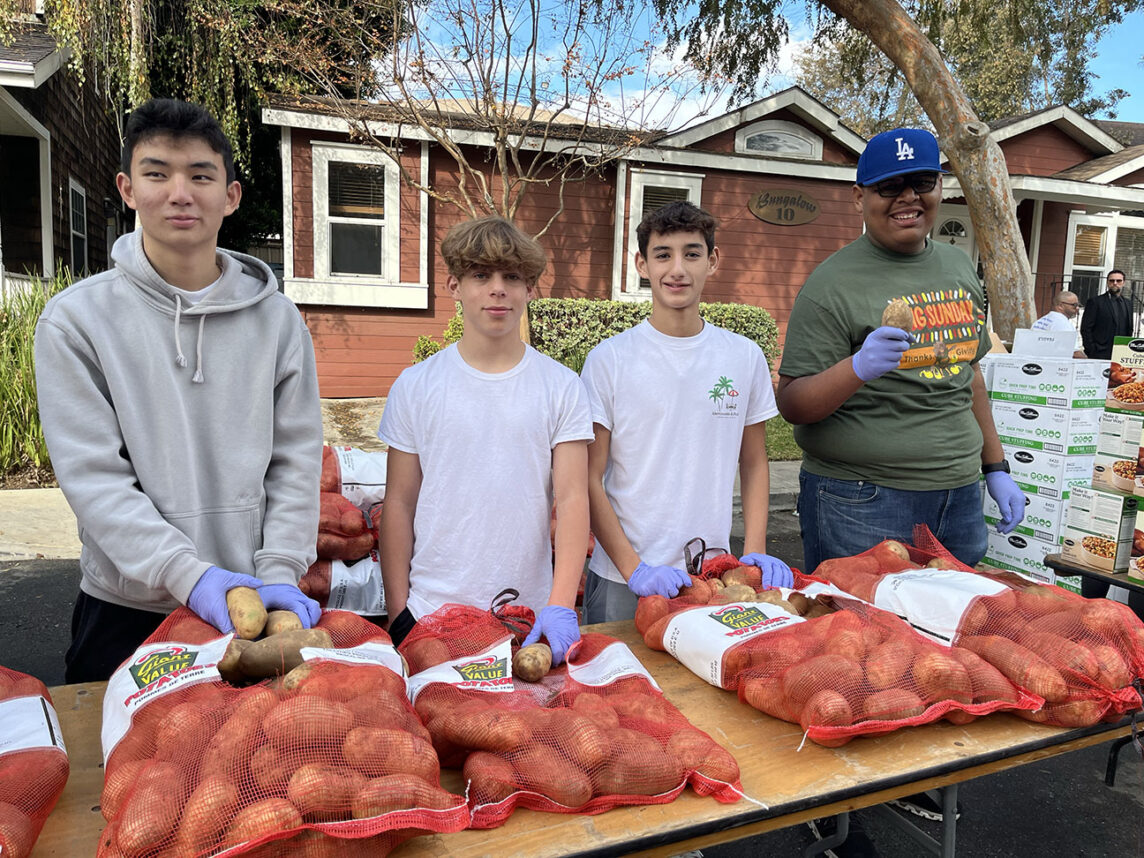
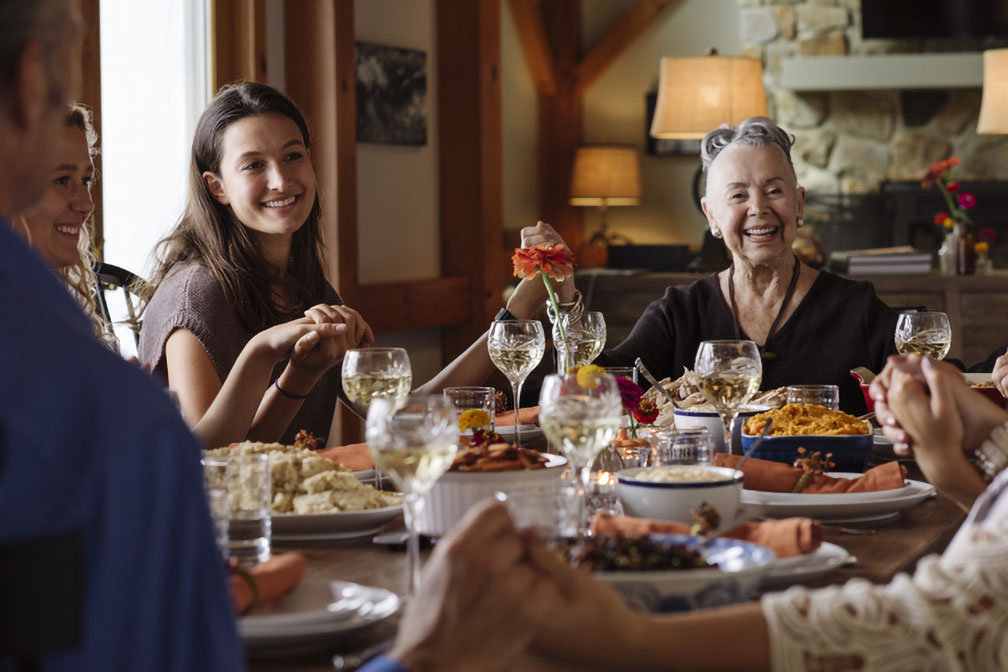
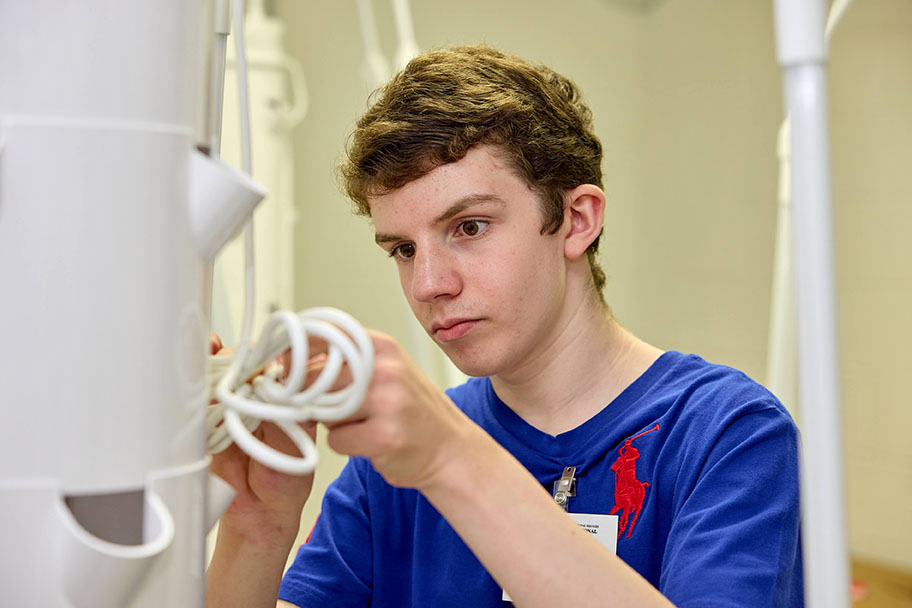

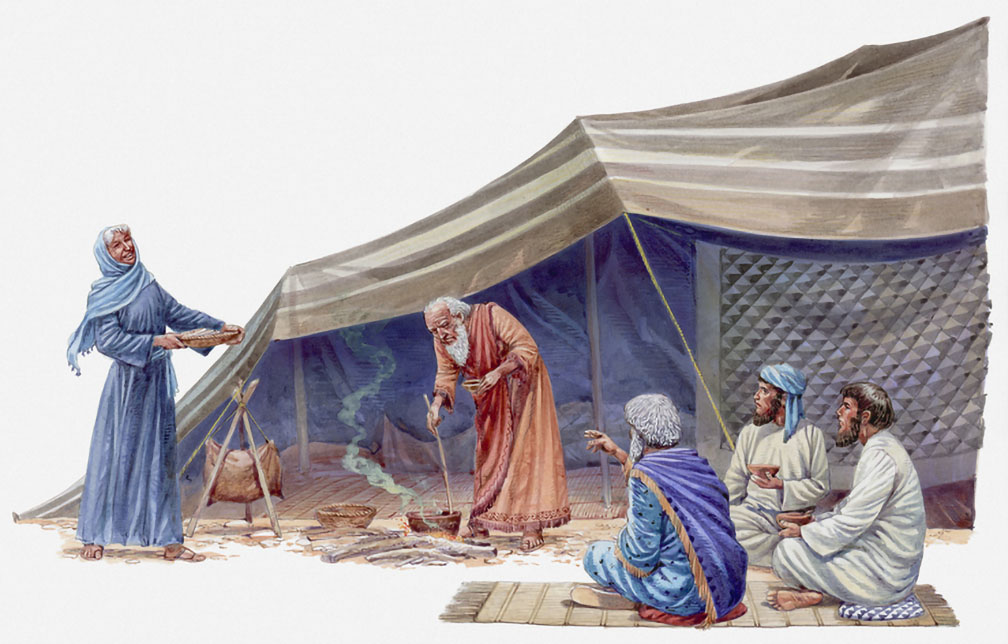

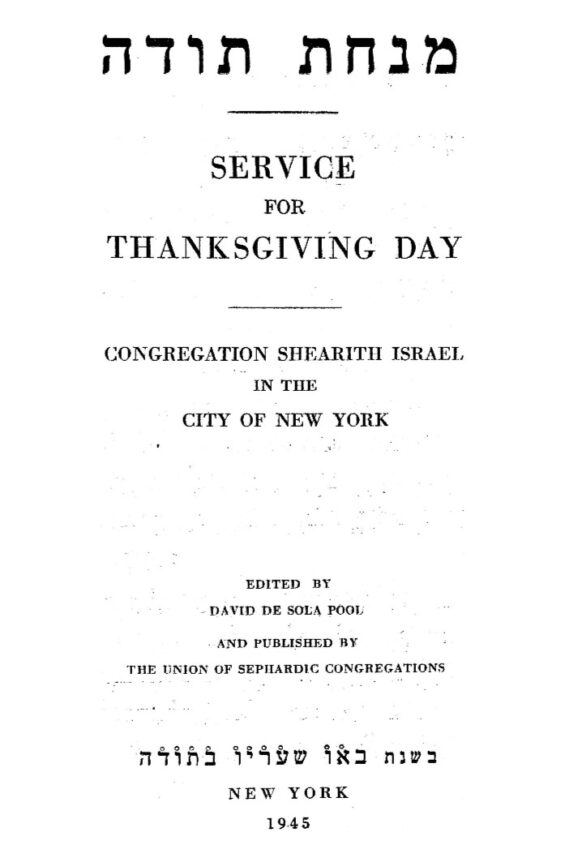





 More news and opinions than at a Shabbat dinner, right in your inbox.
More news and opinions than at a Shabbat dinner, right in your inbox.